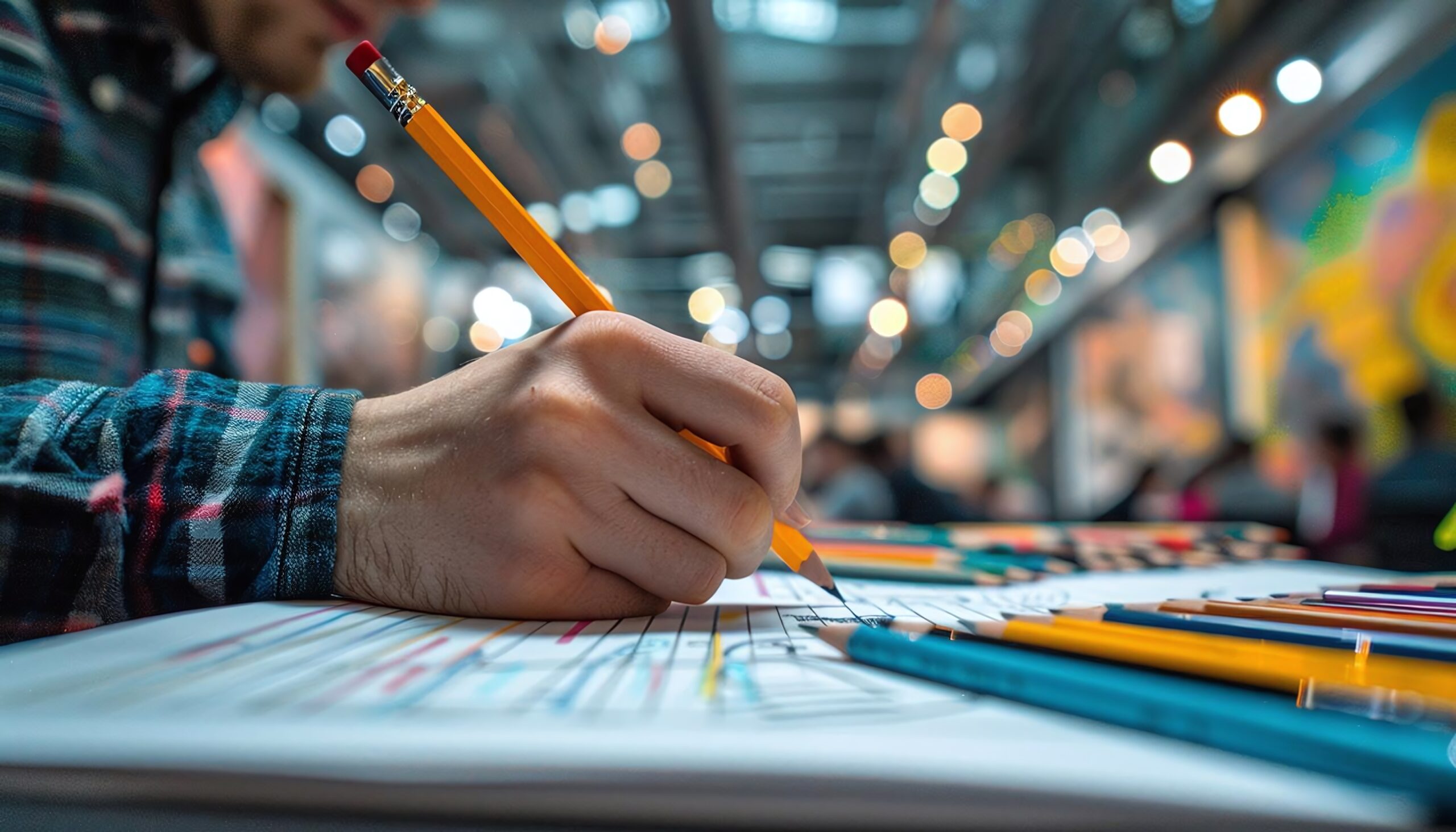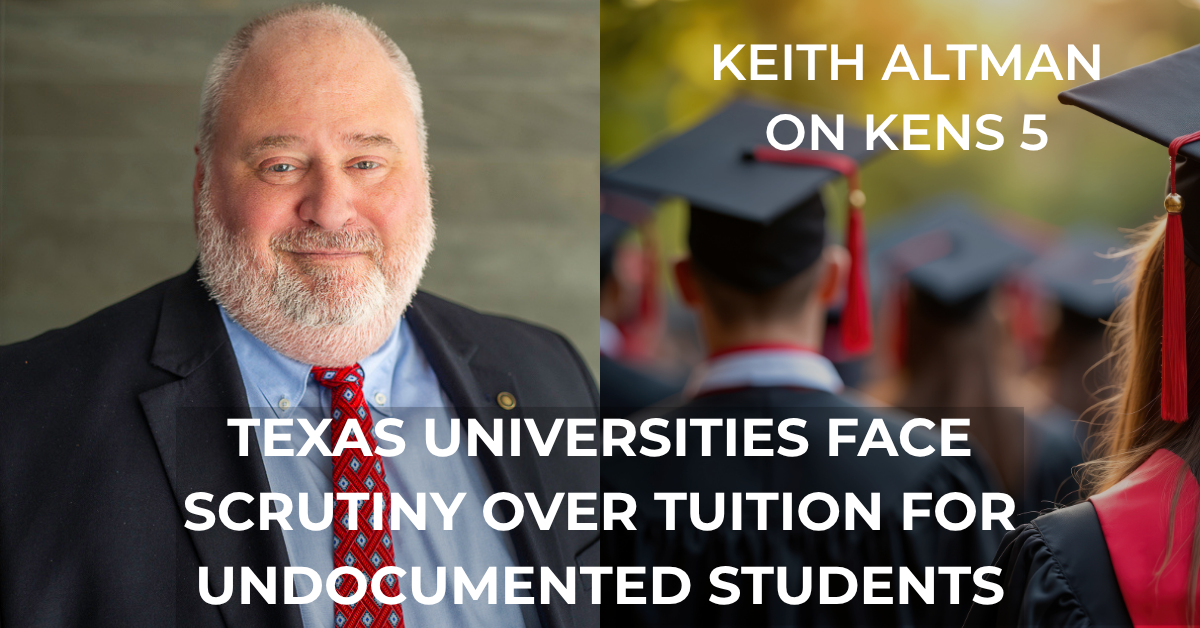If you’re in college or graduate school, keeping your assignments away from AI plagiarism detection tools like Turnitin is like staying dry in the shower. As a student, you may have already been shown Turnitin reports of your work. But regardless of what you have or haven’t seen, your essays are most likely being run through an AI plagiarism checker.
Analysis by Contrast
Turnitin is designed to help educators and schools identify evidence of plagiarism in students’ writing. It does this by comparing written assignments to an enormous database of academic and non-academic content, including previous student papers, books, websites, journals, and other written material.
How Does Turnitin Identify Plagiarism?
Here’s how Turnitin identifies plagiarism:
- Text Submission: When a student submits a paper, and it is assessed by Turnitin, the system stores the text in its database.
- Text Comparison: Turnitin’s algorithm compares the submitted text to the contents of its database, checking for similarities and matches between the submitted text and existing content.
- Citation and Paraphrase Detection: Turnitin can identify when students have used direct quotes without proper citation or where they have paraphrased content from other sources without adequate attribution, including both verbatim and slightly modified text, and with an eye to detecting the use of automated paraphrasing and article spinning programs.
- School and Instructor Preferences: Instructors and/or administrators can configure Turnitin to define what constitutes acceptable levels of textual similarity and how it should treat citations, references, and bibliographies, setting custom rules and preferences for specific courses or the entire school.
- Similarity Report: Turnitin generates a similarity report that highlights any section(s) of text that closely match or resemble text from other sources in its database, including a percentage score indicating the overall similarity between the submitted paper and the sources found.
- Originality Report: The originality report examines the authenticity of the submitted work. It color-codes matched text, making it easy for instructors to identify potential plagiarism. Commonly used sources are often highlighted, and direct quotes may be marked.
Turnitin’s Role in Plagiarism Detection: A Tool, Not a Final Verdict
Turnitin offers data analysis that can suggest the likelihood of plagiarism. But doesn’t make a final determination about whether plagiarism has actually occurred. It’s the role of instructors to make that call based on the report’s analysis. Responsible educators use their own judgment and other methods in combination with Turnitin to evaluate academic integrity comprehensively and with consideration of the circumstances. What this means for students is that an AI program indicating a high likelihood of plagiarism shouldn’t be a guarantee that they will be found responsible for plagiarism.
Disciplinary Action and Preponderance of Evidence Standard
Unfortunately, many schools and instructors do not view Turnitin as a mere tool for suggesting the likelihood of plagiarism; instead, they consider these reports as definitive and flag assignments for plagiarism based on the report alone. When schools consider taking disciplinary action against students accused of plagiarism, they use a preponderance of evidence standard, meaning they don’t need to prove you cheated to find you guilty. They only need to show that it was more likely than not that you plagiarized, and they often use Turnitin as all the proof they need, which makes fighting plagiarism allegations particularly difficult.
But Turnitin and other AI tools aren’t foolproof, and schools may violate their own policies by taking action against students through a rushed and unfair disciplinary process. This means that you have options to defend yourself against plagiarism charges.
How to Defend Against Plagiarism Accusations
If you or someone you know has been accused of plagiarism – whether legitimate or false, done intentionally or unintentionally – you’re most likely going to face serious penalties, possibly including suspension or dismissal. At a minimum, you’ll have an academic dishonesty mark on your record that could prevent you from further education or professional opportunities.
But you don’t have to fight accusations alone.
K Altman Law’s student defense team specializes in fighting back against allegations of plagiarism and defends students against unfounded charges of academic misconduct.
Visit the plagiarism section on our website or call us at (888) 984-1341 to learn more.




